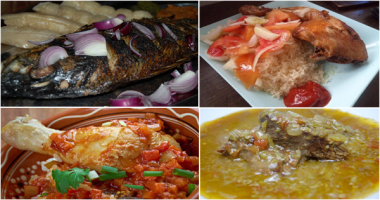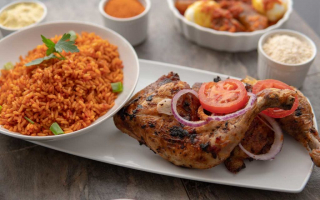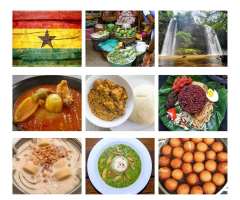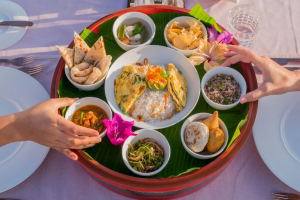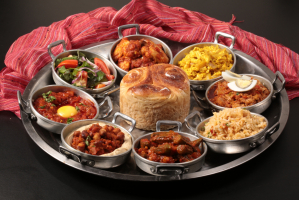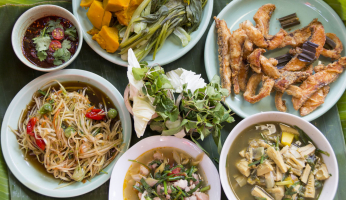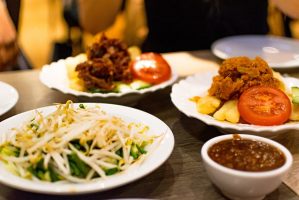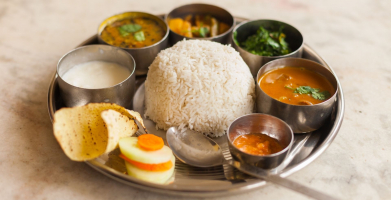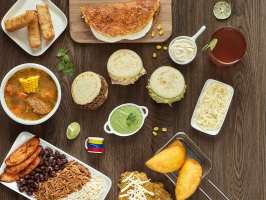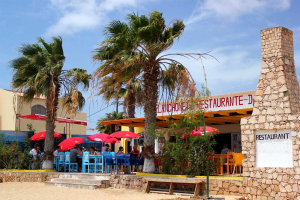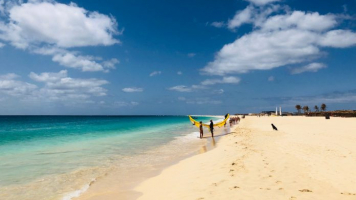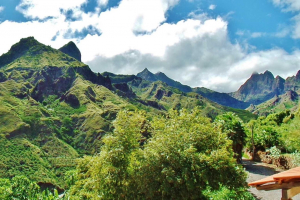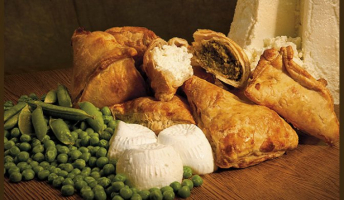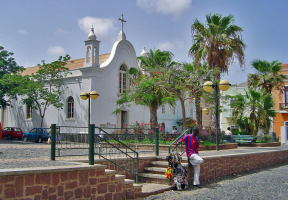Top 6 Cabo Verde's Speciality Foods
Cape Verde consists of 10 major islands, each of which is unique yet equally lovely. This wonderful area has it all, from the arid vistas of Boa Vista to the ... read more...lush highlands of Santiago. Cape Verde is one of the most unusual and intriguing countries in the world, with food that is a creative synthesis of the greatest components of different culinary traditions.
-
It's impossible to discuss traditional food without discussing catchupa. This substantial stew, which takes at least four hours to cook and comes in various versions, is easily the most renowned of all Cape Verdean foods and a staple in every family.
Slow-cooked maize and beans form the foundation of the dish, and what comes next depends entirely on where you are on the island and who you speak with. Everyone has their own definition of catchupa, although the word itself connotes "a little bit of this, a little bit of that, and anything goes."
Most catchupas will feature some sort of salty fatty meat—pork or chorizo are two of the most common—seasoned with garlic, onion, and any spices you have on hand.
The rich version, known as catchupa rica, has a mixture of veggies and potatoes, but the basic version is just as excellent and more popular among locals. Family time is synonymous with catchupa time. Typically, a family will cook a large pot for all of the relatives to share, and any leftovers are fried with an egg and chorizo the next morning for a filling meal.
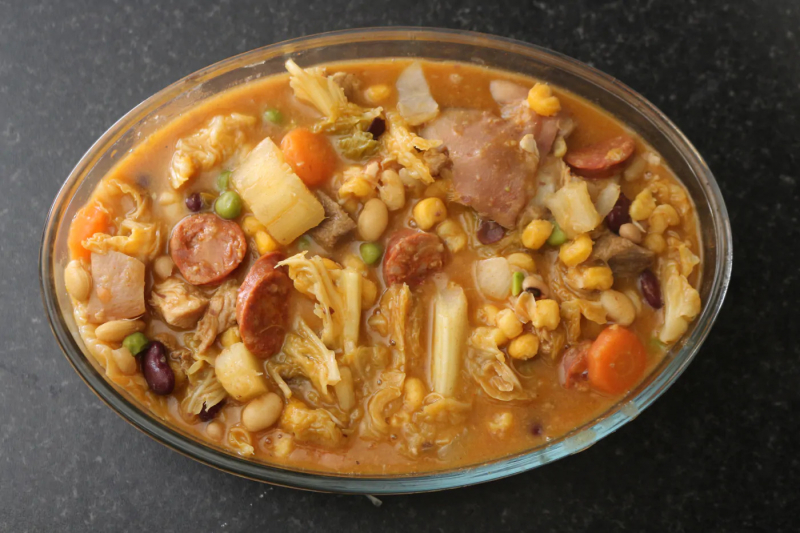
Source: Boa Vista Source: Kayla Tolentino -
Mandioca, also known as cassava or yuca, is a root plant that has a texture similar to potato but is somewhat harder and has a creamier flavor. Mandioca is a staple of local cuisine, giving a high-calorie starchy component to a number of traditional recipes despite having little flavor of its own. Deep-frying this multipurpose essential, which looks and feels similar to a decent roast potato but has a unique flavor, is one of the greatest ways to consume it.
Mandioca flour contains twice as many calories as potatoes, making it one of the most calorie-dense meals. When compared to pulses, this crop is poor in protein and lipids, but it has more protein than tropical foods like potato, yam, and plantains. It is also a major source of critical minerals including copper, zinc, manganese, copper, and iron. Mandioca, often known as cassava, is a Brazilian vegetable that is used in a variety of traditional cuisines. It is an important element of the diet, along with other tropical roots. If you ever find yourself in Brazil or South America, make sure to sample the many Mandioca-based cuisines.
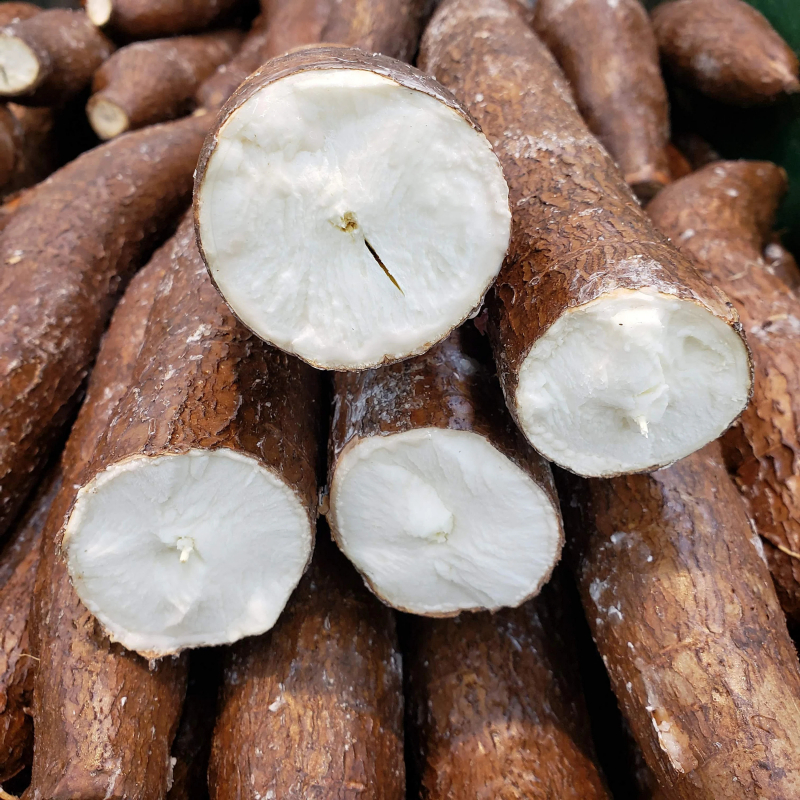
Source: Etsy Source: Mitza Alfama -
The name feijoada derives from the Portuguese word feijo, which means "beans." Feijoada is a black bean stew made with salted and smoked pig and beef products such as carne-seca and smoked hog spareribs. Traditional feijoada includes "less expensive" meats like pig's ears, feet, and tails, as well as beef tongue. The thick, smokey stew is then covered with toasted cassava flour and served with rice, sautéed collard greens or kale, orange slices, and toasted cassava flour (farofa). The lunch is as warm, inviting, filling, and colorful as Cabo Verde's music, people, and culture.
Many vegetables, such as carrots, kale, onion, and peppers, as well as mandioca or potato—sometimes both—may be added to the stew since locals think there can never be too many components in a stew. Serving it over rice is a major variation between the Brazilian and Cape Verdean versions. Only a few dishes are not served with rice in Cape Verde!
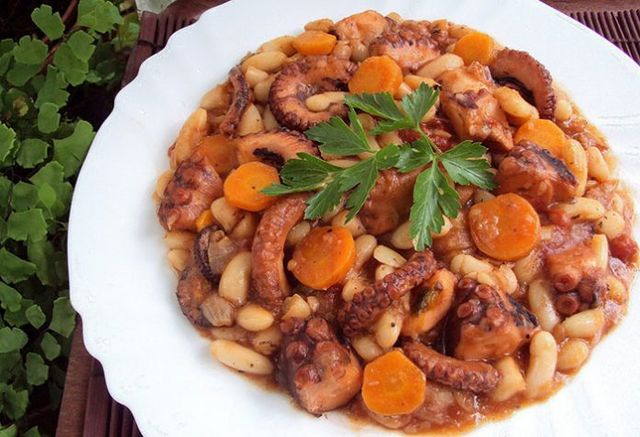
Source: Receitas e Menus Source: Criola Cozinha -
Tuna is one of the islands' specialties. Tuna carpaccio is a great method to take advantage of the freshness, as most tuna ordered in restaurants is caught the same day. With a glass of fresh white wine, thinly sliced raw tuna belly is best served with black pepper, capers, and a squeeze of lemon. Tuna tartare, which comes in finely chopped bits rather than slices and is frequently served with either a fresh salsa or avocado, is another comparable choice.
This is a surprisingly easy dish. Because there aren't many ingredients, it's critical to utilize the freshest possible. Grab a fresh lime in the supermarket store if the ones in your fridge are a little dried out. To reduce the fatness of the fish, you'll need the brightness of a fresh lime.
You'll get a greater flavor with a fresh red onion as well. This is vital because you'll be eating it uncooked. If raw onions aren't your thing, consider soaking them in cold water to make the bite less intense. You may also soak them in lime juice for a fast pickled effect.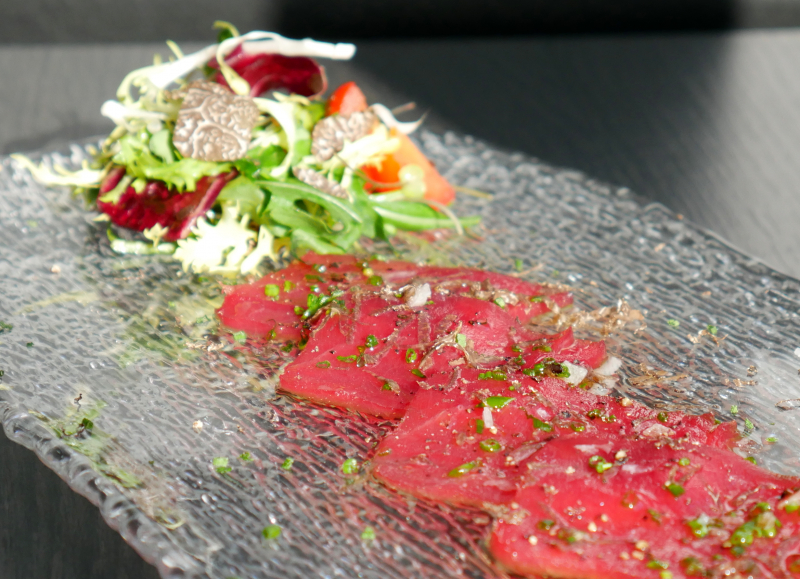
Source: Gastronomía Vasca Source: Julia Food & Hobby -
Seafood enthusiasts in Cape Verde are certainly spoiled for choice. There are several varieties available, ranging from lobster to shellfish. Percebes, a tiny crustacean that lives in colonies on seafloor rocks, is one of them. Percebes are incredibly tasty, despite their unusual appearance. They're commonly served with buttered toast in the Portuguese fashion, and they go great with a glass of draft beer or a grogue, the native Cape Verdean spirit.
Percebes are regarded one of the rarest and most costly species of seafood in many areas of the globe, but not in Cape Verde. They are pretty ubiquitous and relatively affordable—not to mention delicious—even if they are not always accessible. The texture is similar to squid, but the flavor is more similar to lobster or clams. They're one of the oddest-looking things you'll ever see, and the twist-and-pull manner of eating them is as odd. However, you must try them if you get the opportunity. As delicious as they are, a splash of lemon juice enhances their natural flavor.
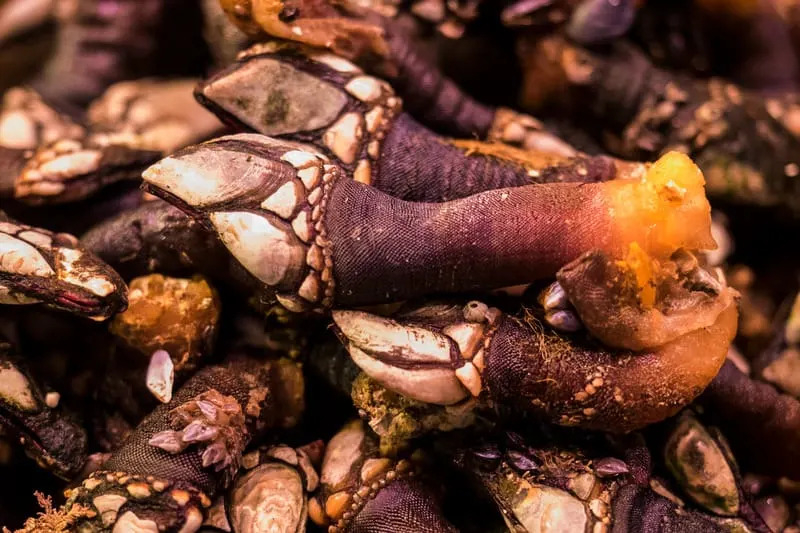
Source: Paulina on the road Source: SeaWolf Fishing -
The preparation is the key to a flawless moreia frita. The moray eel is abundant and may be found in the bays that surround the islands. The best fried moray is served in little kiosks that have mastered the technique of this Cape Verdean specialty.
Brining the meat first helps to enhance the taste and prepares it for frying; after that, the meat must be cleaned and sectioned properly to make it simpler to consume. There are a lot of little bones, so don't eat it all at once! With a little salt and pepper, the crispy coating contrasts with the eel's texture, and the shrimp-like taste comes to life. While usually eaten as a snack, it's simple to keep ordering more and more until you're full.

Source: U Sabor Source: A VIDA DE UM CAPELENSE.....








